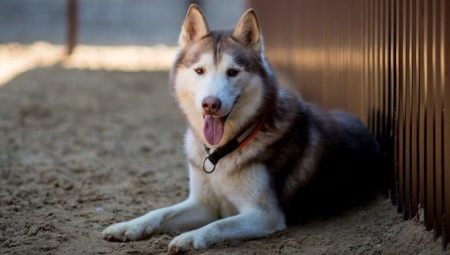When planning to get a dog, any sensible person will certainly be interested in the average life expectancy of four-legged friends. Unfortunately, the dog’s life is quite short, but partly every caring and loving owner is capable of influencing its duration. In the article, we consider how many years dogs live, on what factors their life expectancy depends, and also how to prolong the life of an animal.

Life expectancy of different breeds
It is known that the life span of mammals is closely related to body size and brain size. The larger the brain and the more solid the complexion, the longer the life span is measured out by the body. For example, elephants live for about 70 years (there are cases when these animals survived to 80 years or more). Paradoxically, in the case of dogs, this condition does not work. Practice shows that dogs of large breeds live much less than their smaller counterparts. In some cases, this difference is twofold.
According to experts, a significant difference between the life expectancy of dogs of large and small breeds is due to the increased friability of the constitution of the first, which became a concomitant, almost "side" effect in the selection process.
A good example of the above is the life expectancy of representatives of one of the largest dog breeds - German Great Dane. They live much less than their counterparts of different breeds. According to observations, the average life expectancy of a Great Dane is from 6.5 to 8 years. For comparison, the Pomeranian, Shih Tzu, Chihuahua, Toy Poodle, Yorkshire Terrier and Jack Russell Terrier are considered the most long-lived breeds.
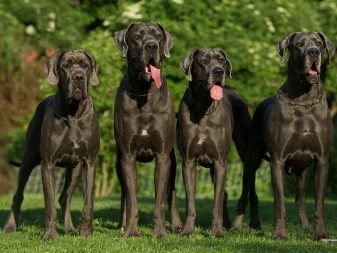

Representatives of the canine family, whose life expectancy is extremely short, are mainly giant dogs: the Irish Wolfhound, Danish broholmer, English mastiff, Tibetan mastiff, St. Bernard, Spanish and Pyrenean mastiff, Newfoundland. In most cases, their short life is due to a genetic predisposition to serious diseases and pathologies. Among these diseases and disorders, the following are most often noted:
- joint dysplasia (most often hip);
- obesity;
- endocrine disorders (hypothyroidism);
- cardiovascular diseases;
- diseases of the gastrointestinal tract;
- volvulus;
- ophthalmic diseases leading to blindness;
- oncological processes and malignant neoplasms.

Table: Comparative data on life expectancy of different breeds
Breed name | average life expectancy |
German dog | 7 years |
Danish broholmer | 10-12 years old |
English mastiff | 6-10 years |
Tibetan mastiff | 10 years |
Neapolitan Mastiff (Mastino-Neapolitan) | 8-10 years |
Caucasian Shepherd Dog | 10 years |
English bulldog | 6 years |
Rottweiler | 8-10 years |
Moscow Watchdog | 10 years |
Cane Corso | 10 years |
Pomeranian Spitz | 16-18 years old |
Shih tzu | 16-18 years old |
Yorkshire Terrier | up to 20 years |
Jack Russell Terrier | up to 20 years |
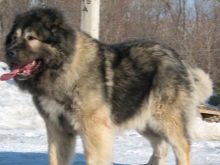


The longer life expectancy of domestic dogs is largely due to the harsh living conditions of street animal populations. In simple words, during the time that the flock exists in its natural habitat (in particular, on the street or in the wild), a gradual screening of sick and weak individuals occurs. Due to such natural selection, the flock remains the most healthy, viable representatives, capable of leaving behind equally strong and hardy offspring. Besides, The life expectancy of a dog largely depends not on its breed, but on its affiliation with thoroughbred brethren, in general. It is well known that outbred dogs live much longer than their thoroughbred congeners. This feature is due to the fact that in the process of breeding a certain breed, breeders and zoologists use closely related species of animals, which subsequently determines their genetic defects, their predisposition to certain diseases.
However and in outbred dogs, genetic diseases and disorders are often detected, which are also explained by closely related mixing of blood. It is noteworthy that genetic mutations among outbred animals can negatively affect both their health and the psyche.
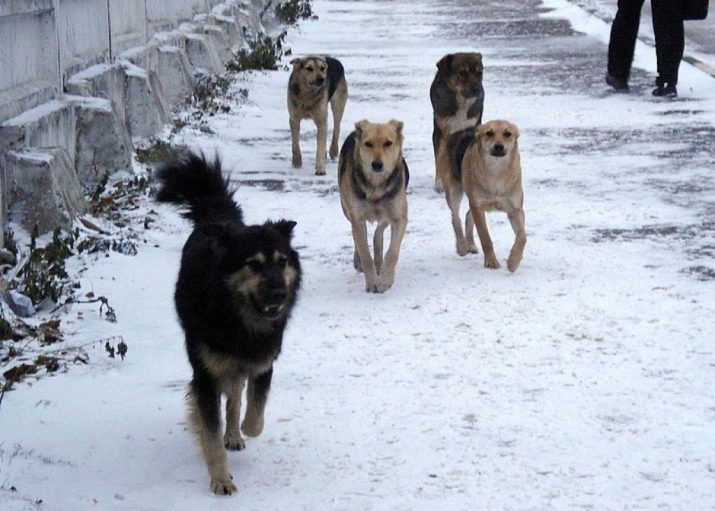
Nevertheless, veterinary studies show that outbred dogs are less likely than their thoroughbred counterparts to suffer from genetic and acquired diseases. They have stronger immunity, stamina and adaptability to life in the wild. Moreover, it has been established that, living at home, the curs of less thoroughbred relatives need care, and more easily and with less damage suffer diseases and injuries.
Outbred dogs are most often kept on a chain, which is categorically contraindicated for thoroughbred animals. Natural adaptability to difficult living conditions is one of the indisputable advantages of mutts.
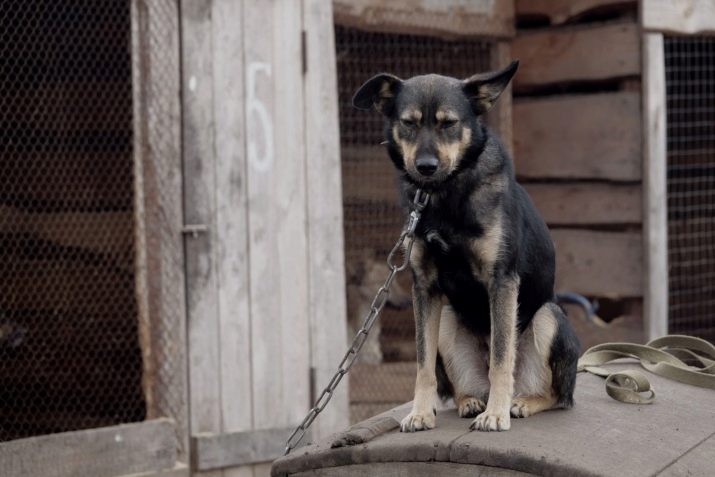
What factors affect the lifespan?
The life expectancy of any dog (both purebred and cur) depends on a number of numerous factors. The most significant of them are such as:
- heredity;
- Lifestyle;
- conditions of detention;
- power mode and menu;
- stress factors and mental stability;
- features of education;
- birth rate (for bitches).
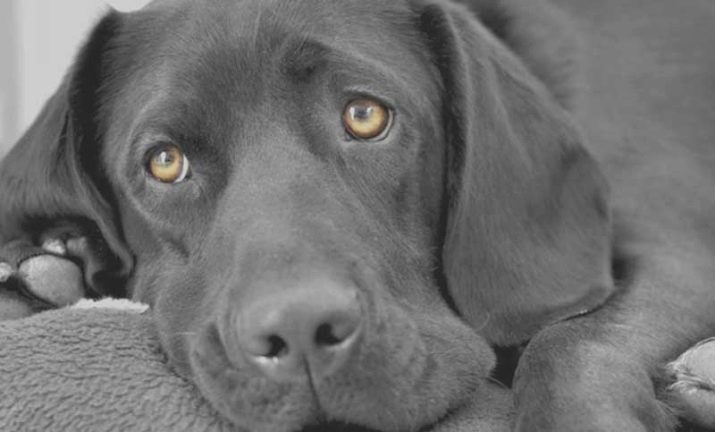
Heredity
The hereditary factor is one of the most significant in the matter of the lifespan of any animal. Regardless of whether the dog is thoroughbred or not purebred, a genetic predisposition to certain diseases due to heredity is of tremendous importance in the duration of its life.
Most pedigree (and most often large) dogs usually have serious problems with the musculoskeletal system, cardiovascular, respiratory and endocrine systems. In outbred animals, the influence of this factor cannot be determined with maximum reliability.
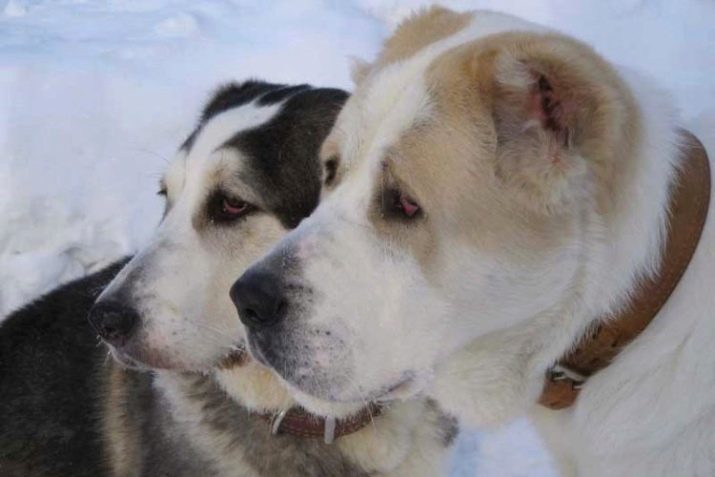
Lifestyle
The life span of an animal is largely dependent on its lifestyle. Moreover, it should correspond not only to temperament, but also to the physiological characteristics of the dog. So, forcing a phlegmatic and heavy German dog to regularly tolerate exorbitant and prolonged physical exertion, you can provoke an aggravation of serious illness in a dog or create a risk of developing irreversible joint problems.
but keeping mobile and active dogs at home, one cannot but devote time to their full physical unloading. Huskies, shepherd dogs, large spitz dogs - all these breeds need regular expenditure of energy, which they must spend on walks or in games with other animals. By limiting the mobility of such dogs, the owner can provoke the development of obesity in them and, as a result, problems with joints, heart and blood vessels, as well as metabolism.

Conditions of detention
To a large extent, the dog's lifespan depends on its conditions. So, it is known that animals kept on the street (on a chain, without an insulated booth) live significantly less than their counterparts living in a warm house or apartment. A dog living on the street (on a chain or on a free range) is more exposed to the risk of not only developing dangerous diseases, but also the likelihood of injury and damage.
Large animals kept in a city apartment deserve special attention. A dog in need of movement and free space will constantly experience severe discomfort.
If such an animal does not have the opportunity to regularly spend the accumulated energy, this can extremely negatively affect not only its physical health, but also its psyche.
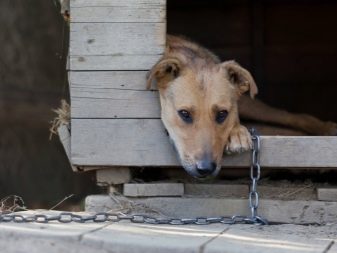
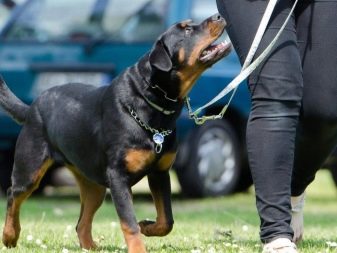
Power Mode and Menu
The big mistake is made by the owners who feed their dog the rest from the home table. But the animal’s health is also at risk for those who often and thoughtlessly indulge their pet with forbidden “goodies” - sweets and delicacies that can cause allergies.
Violations of the diet and an incorrectly composed menu of the animal are frequent and quite popular reasons for shortening its life expectancy. It should not be forgotten that a dog is a predator by nature. In the natural habitat, the main component of the diet of all predators is meat - the basic source of proteins and essential amino acids. However, it is impossible to build the diet of a domestic dog on animal protein sources alone. The menu should also contain carbohydrates that provide the dog with energy, and fats that play a big role in the normal functioning of the internal organs and systems of the animal’s body.
When planning the diet of a domestic dog, it is extremely important to consider the balance between sources of proteins, carbohydrates and fats. Here it is necessary to take into account the temperament of the animal, its lifestyle, the average consumption of its energy during the day.
For example, when overfeeding a phlegmatic and moderately mobile dog, the owner risks getting a sick pet suffering from obesity and other chronic diseases resulting from it.


Stress factors and mental stability
Like all people, dogs are vulnerable to stress factors. Moreover, the size of the animal and its breed do not matter here. However, much in this regard depends on the stability of the canine psyche.
It has long been noticed that dogs are able to acutely experience separation from the owner, to yearn, suffer and even become depressedYu. Most affected by pets, spending a significant amount of time with the same person.
The most unstable psyche, as observations show, is possessed by dogs of small breeds - chihuahua, toy terriers, pinchers. A stronger psyche, in turn, is characteristic of dogs phlegmatic and calm. As a rule, these are representatives of large breeds - German shepherds, rottweilers, St. Bernards, dogs.
It is generally accepted that increased excitability and mental instability of an animal adversely affect its life expectancy. Very often, such features entail the development of cardiovascular and nervous diseases, significantly shortening the life of the animal.

Features of education
This factor is directly related to the safety of the animal during walks or free walking. With insufficient education, the dog easily neglects the commands of the owner, sometimes defiantly does not obey him. Such representatives of the canine family have very high chances of death - for example, under the wheels of a car or during a collision with stronger relatives.
In order to avoid such situations, it is necessary to pay sufficient attention to the upbringing of your pet, regardless of its size, ability, character and breed.

Birth rate
Professional breeders involved in breeding thoroughbred dogs, argue that the frequency of birth largely determines the life expectancy of the bitch. Often unscrupulous owners of thoroughbred animals, trying to earn as much as possible on the offspring of their pets, abuse frequent and sometimes unnecessary mating. Given that each pregnancy is a great stress for the dog’s body, it can be seriously argued that frequent gestation and subsequent births will lead to a reduction in the life of the bitch.
It should be noted that too frequent mating adversely affects the health of males. Pedigree dogs subjected to excessively frequent mating begin to lose strength, weaken and hurt. The body of such animals wears out and ages earlier. And besides, such dogs with each new and undesirable mating give less and less quality and viable offspring.

How to extend the life of an animal?
Based on a number of factors listed above, a list of conditions that extend the life of the dog can be derived. It depends on such aspects as:
- proper diet;
- adequate conditions of detention;
- regular and feasible physical activity;
- regular intellectual training and training;
- elimination and neutralization of stress factors;
- the exclusion of factors that can cause dangerous situations;
- correct mating frequency.
In addition, competent and regular care, relentless monitoring of the animal’s health and timely provision of professional veterinary care is of great importance in the matter of the dog’s life expectancy. To ensure that all these conditions are met, only a truly caring owner can.
With proper housekeeping, any dog is able to live the maximum of the period that nature has allocated to it.
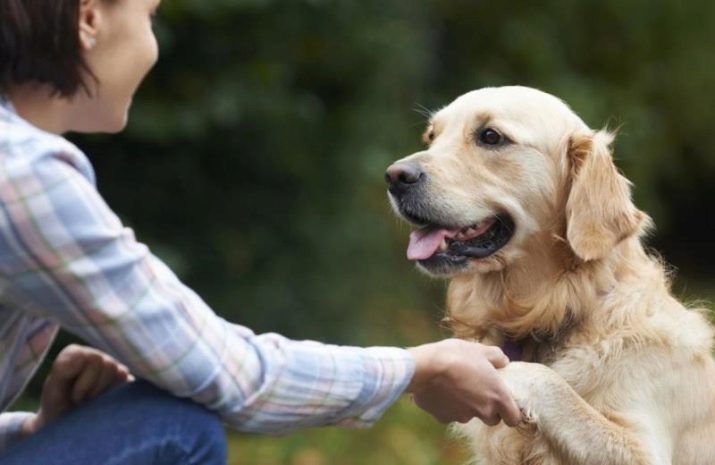
For how many years dogs live, see the next video.
